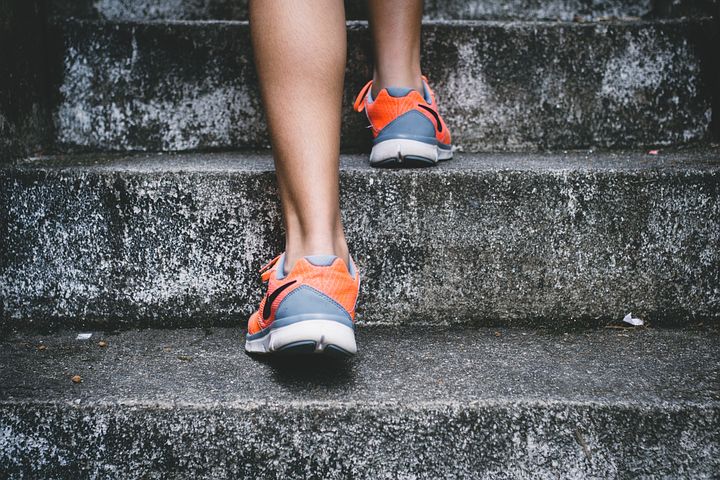What it is and how you can manage it.
The Achilles tendon is found at the back of the ankle joint connecting the muscles of the lower leg to the calf. This tendon is important as it allows us to store energy and propel forward for basic tasks such as walking and also more explosive tasks such as running and jumping.

All the tendons in our body are constantly adapting to the loads in which we expose them to. Unfortunately, the rate at which they adapt to increases in load is relatively slow and therefore If we ‘overdo’ things they can become quite sore and irritated. Alas, the older we get the less adaptive our tendons become in terms of what they can manage.
When this occurs in the Achilles tendon, we often refer to this as ‘Achilles tendinopathy’ which is now the preferred term as opposed to ‘Achilles Tendonitis’ given that a lot of the changes in the tendon causing the pain aren’t purely inflammatory in nature.
Depending on your age, Achilles tendinopathy can develop from simple things such as changes in activity loads and speeds for a younger population, right through to changing your walking route to include more hills and/or doing more gardening for an older population Other factors such as changes in footwear and starting new exercise challenges and programs are also risk factors for developing Achilles tendinopathy.
How do you know you have Achilles tendinopathy?
The biggest indicator of Achilles tendinopathy is a gradual increase in Achilles pain that is not associated with an acute injury. Usually, pain occurs following a certain activity and is associated with a 24 hour pain pattern with some night pain and morning pain/stiffness in the achilles. Importantly, there should also be a ‘warm up effect’ which should see a reduction in pain with movement and loading. A physiotherapist can determine if you have tendinopathy and which subgroup (eg. mid-portion or insertional), which becomes important in determining which management is the preferred way to overcome the pain.

How do I get better?
The best way generally to manage Achilles tendinopathy is to reduce aggravating factors and commence a targeted exercise-based rehabilitation program. This is a series of specific and progressive exercises aiming to improve the tendon’s ability to re-adapt and manage the loading tasks which are aggravating it. Unfortunately, there are no recipe or piecemeal approaches to tendon exercise rehabilitation (as each tendon and person is different), but the great news is that once you are prescribed an appropriate exercise rehabilitation program for your issues, you can often continue this independently to prevent the likelihood of further tendon pain down the track.